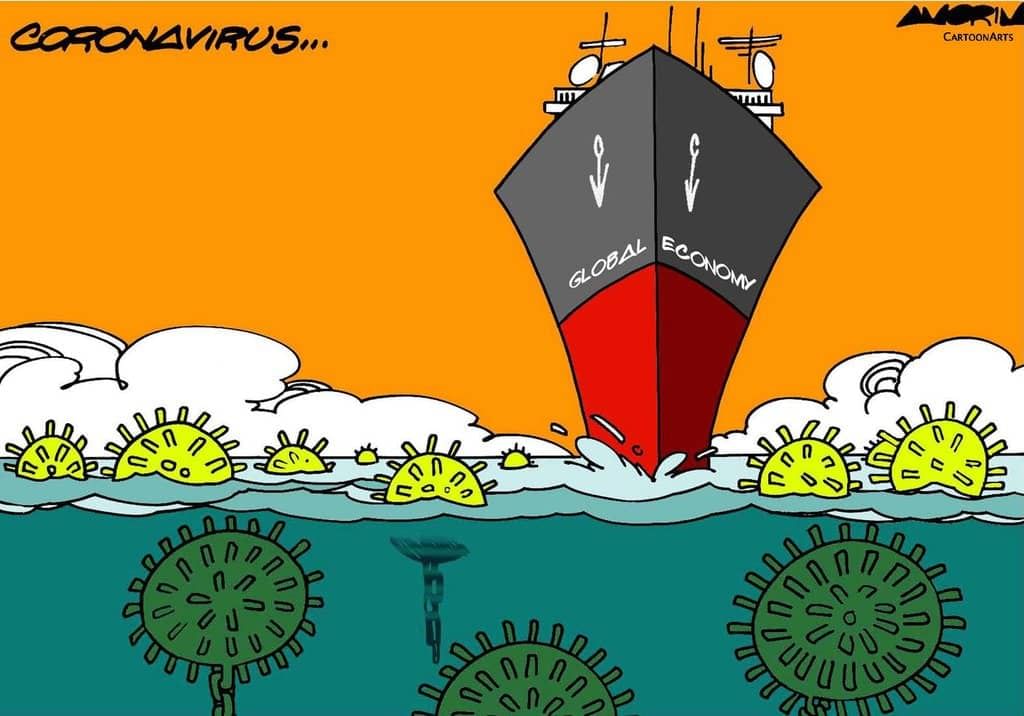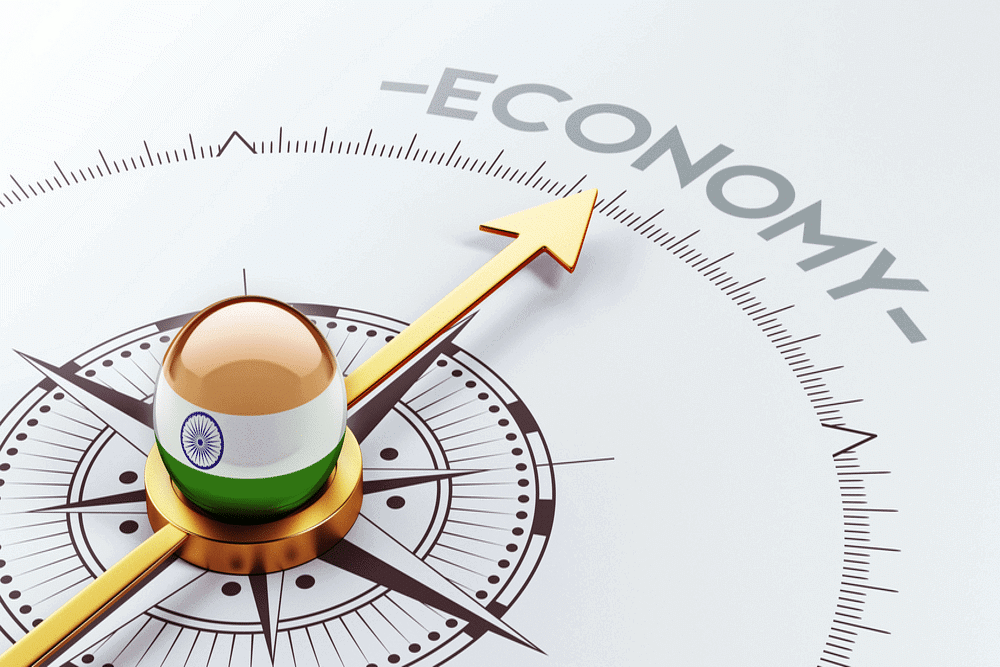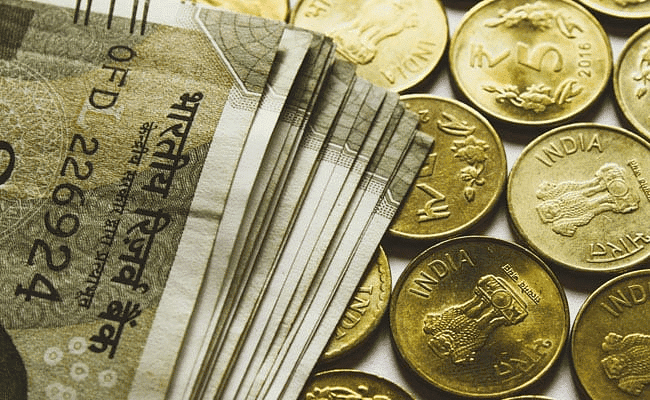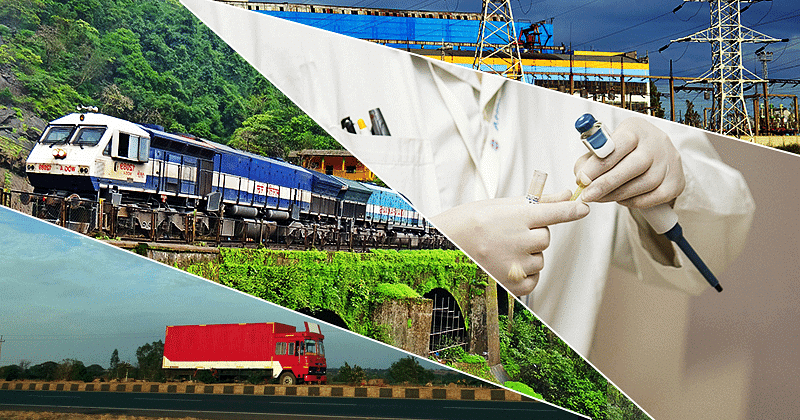Ramesh Singh Summary: Public Finance in India- 4 | Indian Economy for UPSC CSE PDF Download
Covid-19 Fiscal Stimulus
Introduction
To support a robust economic recovery from the impact of the COVID-19 pandemic and subsequent lockdown, the Government of India (GoI) and Reserve Bank of India (RBI) jointly announced a comprehensive stimulus package totaling ¥29.87 lakh crore, equivalent to 15% of the GDP. Notably, 9% of the GDP stimulus was provided by the government through the Atma Nirbhar Bharat package.
 Covid -19 Fiscal Stimulus
Covid -19 Fiscal Stimulus
Fiscal Policy Approach
India's approach to fiscal policy during the pandemic differed from many other nations, opting for a phased introduction of stimulus measures. This flexibility allowed the country to adapt to the evolving situation, supporting a resilient economic recovery in subsequent phases.
Initial Phase Measures
- Special economic and comprehensive package: Aimed to provide a cushion for vulnerable sections and small businesses. Included direct food transfers to the poor, livelihood programs, guarantees, and liquidity-enhancing measures.
- Measures to stimulate consumer spending were introduced as lockdown and restrictions gradually eased.
Atma Nirbhar Bharat 3.0:
- As economic recovery began, Atma Nirbhar Bharat 3.0 was unveiled to boost investment.
- Focused on measures such as Production Linked Incentives (PLIs), enhancing capital expenditure, and initiatives to encourage investment in the infrastructure sector.
 Atma Nirbhar Bharat
Atma Nirbhar Bharat
Fiscal Outlook For 2023-24
Economic Survey 2022-23 Overview Prepared by a team of economists led by Chief Economic Adviser Anantha Nageswaran, the Economic Survey analyzes past economic developments and projects future trends for the Indian economy. Economy
EconomyGrowth
- India ranks as the 3rd largest economy in the world in PPP terms and the 5th largest in market exchange rates.
- Projected real GDP expansion of 7% in 2022-23, with estimates ranging from 6.0% to 6.8% in 2023-24 based on global economic and political developments.
- Global growth forecasted to slow to 2.7% in 2023 as per the IMF's World Economic Outlook.
- Private consumption, as a percentage of GDP, rebounded to 58.4% in the second quarter of 2022-23, driven by a recovery in contact-intensive services.
Fiscal Developments
- India's retail inflation rate peaked at 7.8% in April 2022, exceeding the RBI's upper tolerance limit of 6%.
- Gross tax revenue recorded a year-on-year growth of 15.5% from April to November 2022, led by robust growth in direct taxes and GST.
- Centre's capital expenditure increased to 2.5% of GDP in 2021-22.
Monetary Management
- Gross non-performing assets ratio of scheduled commercial banks reached a seven-year low of 5%.
- Capital-to-Risk Weighted Assets Ratio (CRAR) remains healthy at 16.0%.
- Confidence expressed in meeting the fiscal deficit target of 6.4% of GDP for the current financial year, with a goal to reduce it to 4.5% of GDP by FY26.
 Monetary
Monetary
Social Infrastructure and Employment
- Education budgetary allocation stands at 2.9% of total GDP.
- Out-of-pocket expenditure on health as a percentage of total health expenditure declined to 48.2% in 2018-19.
- Schemes like PM-Kisan and PM Garib Kalyan Yojana contribute to ensuring food security, recognized by the United Nations Development Programme (UNDP).
- JAM (Jan-Dhan, Aadhaar, and mobile) trinity and direct benefit transfers bring marginalized sections into the formal financial system.
- Labor markets recovered beyond pre-Covid levels, with unemployment rates falling to 4.2% in 2020-21.
- Mahatma Gandhi National Rural Employment Guarantee Scheme (MGNREGS) indirectly creates opportunities for rural households to diversify income sources.
 Social Infrastructure and Employment
Social Infrastructure and Employment
Agriculture and Food Management
- Private investment in agriculture increased to 9.3% in 2020-21.
- Institutional credit to the agricultural sector grew to Rs 18.6 lakh crore in 2021-22.
- Minimum support price (MSP) for all mandated crops fixed at 1.5 times the all-India weighted average cost of production from 2018.
- Foodgrain production in India witnessed sustained growth, reaching 315.7 million tonnes in 2021-22.
- India leads the promotion of millets through the International Year of Millets initiative.
 Agriculture
Agriculture
Industry
- India became the second-largest mobile phone manufacturer globally.
- Production-linked incentive (PLI) schemes introduced across 14 categories, with an estimated capex of Rs 4 lakh crore over the next five years to integrate India into global supply chains.
Services
- The services sector is expected to grow at 9.1% in 2022-23.
- India ranked among the top ten services exporting countries in 2021.
- India's e-commerce market is projected to grow at 18% annually through 2025.
External Sector
- Merchandise exports amounted to 332.8 billion dollars for April-December 2022, with diversification to markets like Brazil, South Africa, and Saudi Arabia.
- Comprehensive economic partnership agreement with the United Arab Emirates and an economic cooperation and trade agreement with Australia in 2022.
- India remained the largest recipient of remittances globally, receiving 100 billion dollars in 2022.
- Remittances are the second-largest major source of external financing after service exports.
- India ranked as the 6th largest holder of foreign exchange reserves globally as of end-November 2022.
Climate Change and Environment
- India declared the Net Zero Pledge to achieve a net-zero emissions goal by 2070.
- Target of 40% installed electric capacity from non-fossil fuels achieved ahead of 2030.
- Launch of the mass movement LIFE– Life style for Environment.
- Issuance of Sovereign Green Bond Framework (SGrBs) in 2022.
- National Green Hydrogen Mission aims for energy independence by 2047.
 Climate Change and Environment
Climate Change and Environment
Infrastructure
- Active projects include National Infrastructure Pipeline, National Monetisation Pipeline, Gati Shakti, National Logistics Policy, and Digital Public Infrastructure.
- Unified Payment Interface (UPI)-based transactions witnessed a growth of 121% in value and 115% in volume between 2019-22.
- Rural internet subscriptions increased by 200% between 2015 and 2021.
 Infrastructure
Infrastructure
Challenges for the Global Economy
- The Survey outlines six challenges faced by the global economy, including COVID-19 disruptions, the Russian-Ukraine conflict, Central Banks' policy rate hikes, prospects of global stagflation, China's slowdown, and the impact of pandemic-induced loss of education and income opportunities.
|
138 videos|431 docs|128 tests
|





















